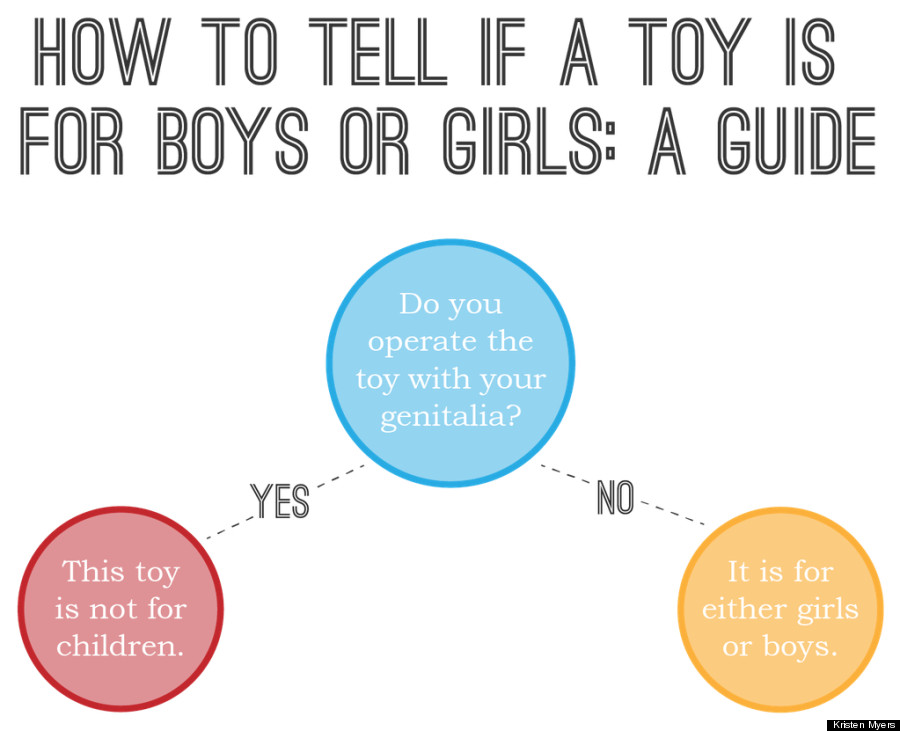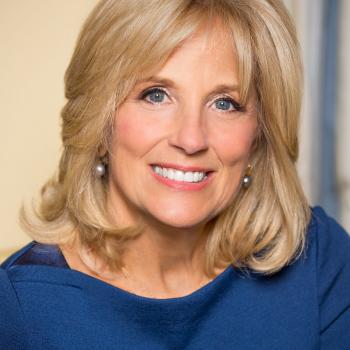This fall a little girl wrote to Abdo Publishing after becoming concerned that the book she was reading, “The Biggest Baddest Book of Bugs,” was part of a series titled “Biggest, Baddest Books for Boys.” “Some girls would like to be entomologists too.,” she explained. Abdo wrote back, thanking her concern and agreeing to change the series title to “Biggest, Baddest Books.” But there was something about the story that struck me:
According to the local paper, the publisher responded and told her she had made “a very good point”. “After all, girls can like ‘boy’ things too,” wrote Abdo, adding that it had “decided to take your advice”.
Because everyone knows bugs are “boy” things. Not, you know, just plain things.
While I’m glad Abdo is making a change, I think they missed the overall point. The point was not that girls can like bugs too, it was that bugs are not boy things to begin with. Unfortunate as it is, how we label things affects how children perceive them. “Bugs are boy things, but girls can like them too” is a completely different message from “Bugs are cool, all children can enjoy them.”
This distinction came to mind this afternoon while I spent several hours sewing cloth diapers for baby dolls. I’ve enjoyed sewing since I was a little girl, and I always expected I would spend time sewing doll clothes and diapers once I was a mother. But you know what? I expected I would do so at the bequest of my daughter. But no. It was my son who asked me to make diapers for his baby dolls.
Sally has never really shown an interest in baby dolls. Several years ago my sister-in-law gave us her old Bitty Babies and a whole box full of Bitty Baby clothing. I was excited to have high quality dolls and doll clothes for Sally to play with, but Sally never gave them a second look. For years the dolls sat in their cubby in the playroom, untouched. Last summer I finally put the dolls up in the closet, to clear some space in her room. But today I got them out while doing some rearranging in the closet, and Bobby was mesmerized.
Bobby spent a while holding the dolls upright and then laying them down, saying “Wake” and “Sleep” and watching as their eyes opened and closed. Then I helped him dress the dolls, and he became excited with the doll shoes he found in the box. He got out a blanket, laid the dolls down, and covered them. “Night night,” he said, holding one of the doll’s hands. Then he said “Wake up!” and picked them up one by one. Then he announced “Diaper change!” and realized that the dolls did not in fact have diapers. Hence the diaper making.
In one day Bobby has expressed more interest in those Bitty Babies than Sally has in the past four years.
Now let me bring this back to my original point. If we play this through the “boys can like girl things too” lens, the fact that Sally couldn’t care less about dolls doesn’t fit the narrative at all. If we position dolls as girl things, but allow that boys can play with them to, what are we to make of Sally? This narrative both imagines the other-gendered child as acting outside of their normal sphere and creates a sort of conformity over all same-gendered children. But this assumed conformity others girls who don’t play with dolls. Further, a little boy playing with dolls is behaving normally and should not be seen as acting outside of his sphere.
In my experience, little boys are just as nurturing as little girls.
If we view Bobby and Sally’s play through the “boys can like girl things too” lens, both Bobby and Sally are in some sense abnormal—Sally for not playing with dolls, and Bobby for playing with dolls. Both are stepping outside of the gendered play we deem “normal” for them, and while the “boys can like girl things too” narrative allows for that, it still treats their actions as a transgression of boundaries. These boundaries we create are a problem. There is no reason for children’s play (or interests) to be as strictly gendered as it is in our society today.
Don’t get me wrong, I’m glad Abdo Publishing is rebranding their “Biggest Baddest” series to market it to all children. I just hope that they—and we—can move beyond “girls can play with boy things too” (and “boys can play with girl things too”) to questioning the very way we divide the world into “boy” things and “girl” things in the first place.
I leave you with this:















